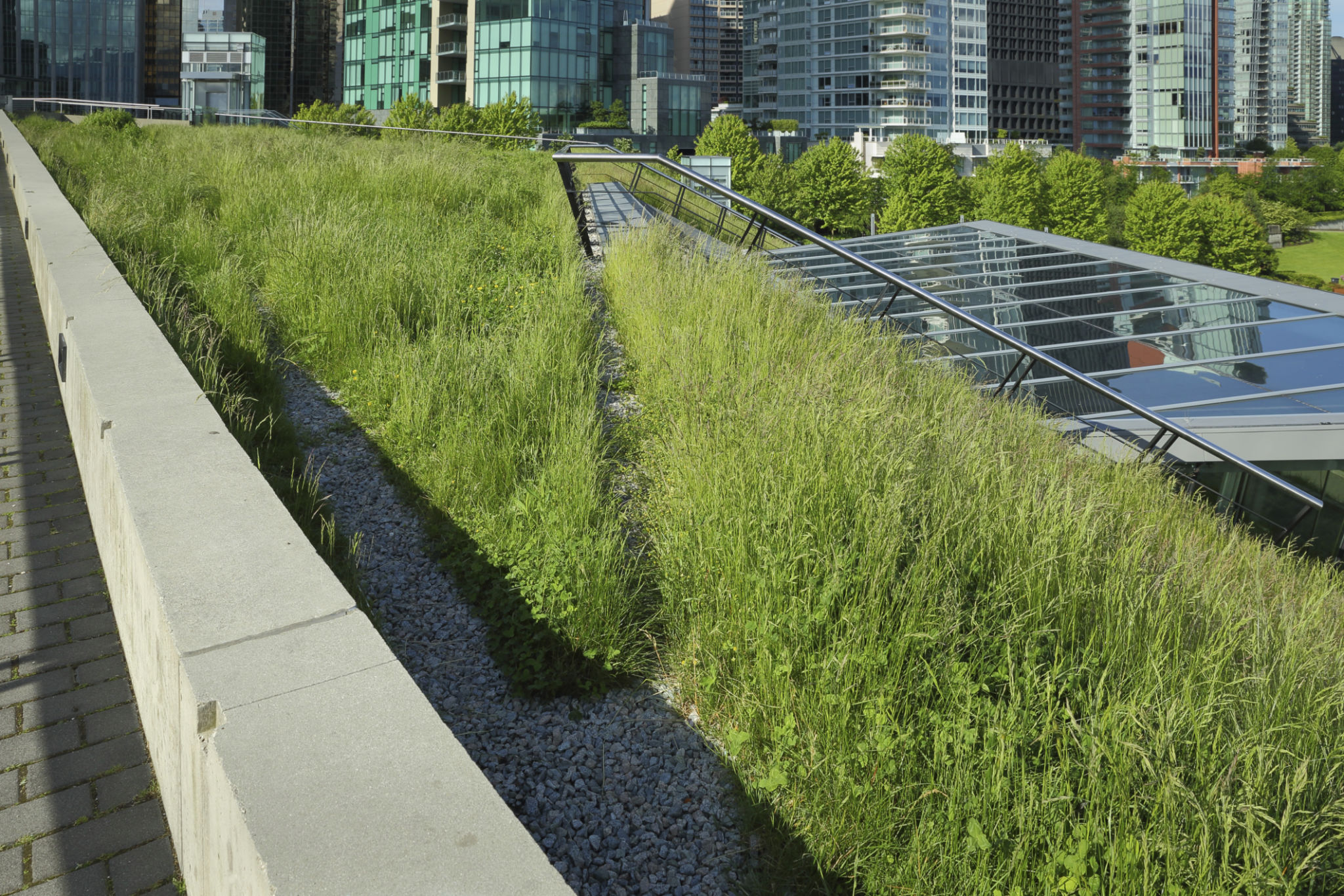Vertical Gardening Innovations: The Future of Urban Agriculture
Understanding Vertical Gardening
The concept of vertical gardening has been around for centuries, but recent innovations have propelled it to the forefront of urban agriculture. As urban areas continue to grow, the demand for sustainable and efficient farming methods becomes crucial. Vertical gardening, with its ability to maximize space and resources, presents a viable solution to these challenges.

Unlike traditional gardening, which requires vast amounts of land, vertical gardens utilize vertical space, making them ideal for urban environments where horizontal space is limited. These gardens can be built on walls, fences, or even freestanding structures, allowing city dwellers to grow their own food even in the smallest of spaces.
Technological Innovations in Vertical Gardening
Recent advancements in technology have significantly enhanced the efficiency and effectiveness of vertical gardening. Automated systems now allow for precise control over watering, lighting, and nutrient delivery, ensuring optimal growing conditions for plants. These systems can be managed via smartphones or computers, making it easier than ever to maintain a lush and productive garden.
Another exciting innovation is the use of hydroponics and aeroponics in vertical gardens. These soil-less growing techniques allow plants to receive nutrients directly through water or air, reducing the need for heavy soil and further minimizing space requirements.

The Environmental Benefits
Vertical gardening offers numerous environmental benefits, making it an attractive option for eco-conscious urbanites. By promoting local food production, it reduces the carbon footprint associated with transporting food over long distances. Additionally, vertical gardens contribute to improved air quality by increasing green spaces in densely populated areas.
Moreover, these gardens help in managing urban heat by providing shade and insulation, thus reducing energy consumption for cooling buildings. They also play a role in enhancing biodiversity by creating habitats for various species within urban landscapes.

The Future of Urban Agriculture
As urban populations continue to grow, the importance of sustainable food production methods like vertical gardening cannot be overstated. Governments and urban planners are increasingly recognizing the potential of vertical gardens to transform cities into greener and more self-sufficient environments.
Educational programs and community initiatives are being developed to encourage more people to adopt vertical gardening practices. By equipping individuals with the knowledge and tools needed to grow their own food, these programs aim to foster a sense of empowerment and self-reliance among urban residents.
Challenges and Opportunities
Despite its many advantages, vertical gardening does face some challenges. Initial setup costs can be high, particularly for advanced systems incorporating technology like automated controls or hydroponics. Additionally, there is a learning curve associated with managing these systems effectively.
However, as technology continues to advance and become more affordable, the barriers to entry are expected to decrease. Furthermore, innovations in materials and design are making vertical structures more accessible and easier to integrate into existing urban landscapes.

Conclusion
Vertical gardening stands at the intersection of innovation and necessity in the realm of urban agriculture. As cities seek sustainable solutions to feed growing populations while minimizing environmental impact, vertical gardens offer a promising path forward. With continued advancements in technology and increasing public interest, the future of urban agriculture looks brighter than ever.